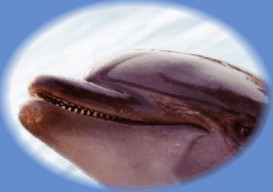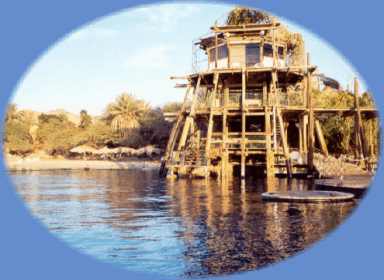About the Lab

As a result of scientific talks among biologists from Israel and Germany the ‘International Laboratory for Dolphin Behaviour Research’ has been established in the northern part of the Red Sea. This lab is located within the Dolphin Reef, Eilat, and operates since summer 1994.

Its goal is to conduct non-invasive research on three matters:
-
Dolphin social behaviour, communication and cognition
-
Problems of dolphin rehabilitation
-
Therapy projects with handicapped children
Our host: Dolphin Reef
The site covers a water area of approximately 14000 square metres and a depth up to 15 metres. It is separated from the Gulf of Aqaba by a large meshed plastic net and contains plenty of organisms of the Red Sea, including coral reef societies and seagrass communities on a sandy bottom. About half of the area is used for a ‘swim and dive with dolphins’ program, where tourists can move in guided groups between 0900 – 1600 hours on a daily base. Occasionally, between 0830 – 0900 hours, and then later during the day, ‘therapy’ sessions take place, at which single patients go into the water with a dolphin trainer. All these human in-water activities are uncontrolled, that is, the dolphins were never conditioned to take part in such interactions by means of a food reward. In other words, the dolphins are free to join these activities or continue with their ‘dolphin business’. Four times a day short public feeding sessions take place (at 1000, 1200, 1400 and 1600 hours), during which the dolphins received their daily amount of fish (between five and fifteen kilogram of fish per dolphin and day). In addition to eating the provisioned fish, individuals are regularly seen to hunt fish, and the occasionally observed regurgitation of cephalopods’ internal shells (‘cuttlebones’) indicates that the dolphins also prey on this group of animals.

The Lab
The lab operates from a platform 8m above sea level overlooking the dolphin area. It is equipped with a number of scientific instruments such as video recorders, systems for both recording and analysing underwater sound, and computers for processing and storing behavioural data. In its air-conditioned inside, the lab offers places for a simultaneous working of four to five scientists. The work of the lab is strictly non-invasive, meaning that no experiments are carried out here, which could possibly harm or harass the animals.
When the lab began to operate, six bottlenose dolphins (Tursiops truncatus) were living at the site (two adult males, three adult females plus one female born there in 1992). Now, their group size has increased to 13 individuals, of which nine where born here.